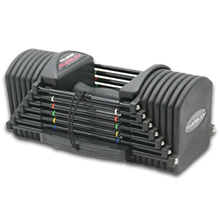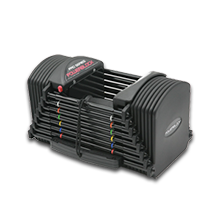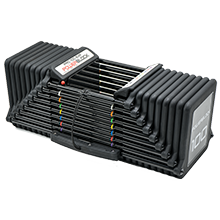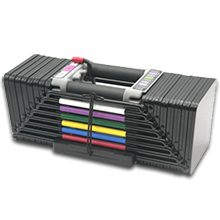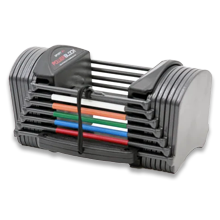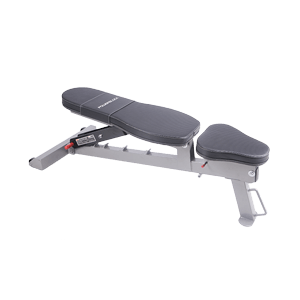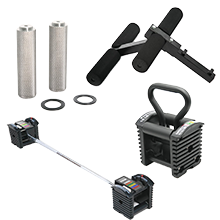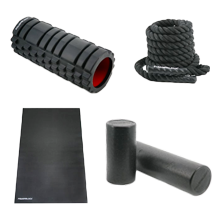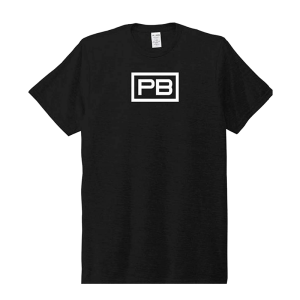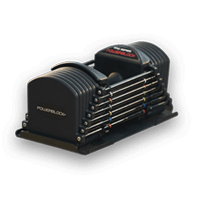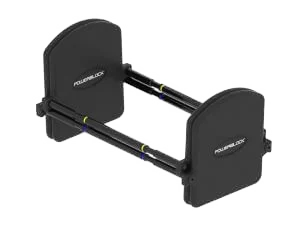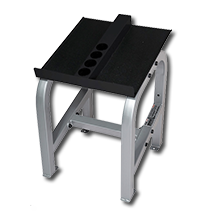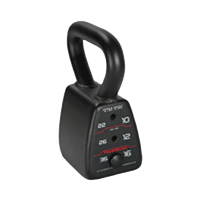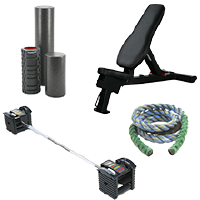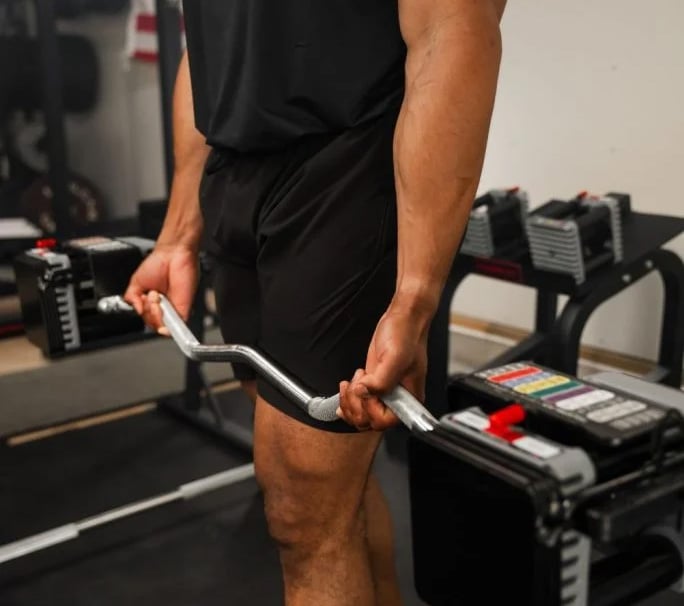
How to Build a Home Gym on a Budget
Tired of the commute to your gym? Or maybe you’re just getting started on your workout journey but don’t want to spend a fortune on new equipment. Both gym memberships and home gym equipment can quickly add up, so when considering the best way to build a home gym, your budget absolutely needs to be a factor. It is indeed possible to build a home gym on a budget. It’ll take some research and creativity, but we’ll get you started on your way to building strength right at home.
Assessing Your Fitness Goals and Available Space
Before we dive in, it’s important to note that building your own home gym won’t happen overnight. To organize your priorities, do a quick assessment of your current fitness level, and the equipment that’s foundational to your routine. That could be a lighter set of dumbbells to help build endurance supplemented by bodyweight exercises, or versatile but less-expensive equipment like resistance bands. As you progress in strength, you can add more equipment. This will also allow you to mentally get used to working out right at home — sometimes jumping right into intense at-home workouts can lead to burnout or injury.
Next up, think about the space you have to work with. Will your gym be in your basement or a spare room? If so, you should have a lot of flexibility in building your own home gym. If you’re living in a studio apartment, your needs will be much different and may affect the types of equipment you can add to your budget home gym. Luckily, there’s equipment out there that’s perfect for those with smaller spaces.
Selecting Essential Equipment for Your Budget Home Gym
Building a home gym on a budget means starting with foundational equipment and working your way up. We’ve broken out the most important categories for you to get a start on your planning and budgeting.
Strength Training Equipment
Relying on kettlebells and dumbbells for a home gym poses challenges. Why? Continuously purchasing heavier pairs as your strength progresses can drain your finances and eat up valuable floor space and shelving, making your home gym setup less efficient and more cluttered. There is an alternative that’s both cost effective AND space saving: adjustable dumbbells and kettlebells.
Adjustable Dumbbells: Avoid having to splurge every time you need to bump up by 5-10 pounds by investing in an adjustable dumbbell that can replace up to 28 sets of dumbbells. No need to have dumbbells scattered around your floor or invest in a heavy-duty rack. Some adjustable dumbbells are even compatible with attachments like barbells, giving you even more workout options. For the most bang for your buck, there really isn’t a more essential piece of equipment for your budget home gym.
Kettlebells: Instead of buying individual weight increments that take up space and a lot of money, invest in an adjustable kettlebell you can scale up or down depending on your fitness level or workout type. PowerBlock’s kettlebells offer a four-in-one option that gives you more options while developing your workouts. Kettlebells are perfect tools for rows, swings, pushes snatches and squats — so make sure you have all the flexibility in weight to level up your strength.
Multi-Functional Equipment
Besides the actual strength-building equipment, you should also consider supplementary accessories that can give you even more options for workouts.
Modular Benches: If you’re seeking an upgrade from using random household furniture for your workouts, consider investing in a versatile workout bench. This essential equipment, especially when paired with chin-up, ab, and dip attachments, not only enhances core and push/pull exercises but also transforms routines like split squats. The combination provides a multifaceted workout platform, elevating your fitness journey by offering robust functionality and diverse exercise possibilities.
Dumbbell Attachments: After securing your fundamental equipment, you can diversify your workout regimen by incorporating additional attachments. These can include barbells that attach to adjustable dumbbells so you can do bench presses, curls and more.
Aerobic Fitness Equipment
There are a few obvious types of cardio equipment you can add to your home gym, including ellipticals, treadmills and spin bikes. Each offers versatile workout options and a reliable way to level up your aerobic fitness. The only problem is that they take up a lot of floorspace. What’s a good option for those with smaller apartments?
Jump Ropes: A powerful (and affordable) piece of equipment that offers a true full-body workout. Build endurance and strength while improving coordination and overall athleticism. There’s a reason why jump roping is considered one of the most effective exercises out there! Using a heavier rope will boost your workout even more, increasing resistance for a greater challenge.
Flooring and Safety Considerations
As you build your own home gym, the type of flooring becomes crucial. While you might not have the rubberized flooring common in many gyms, it’s worth considering adding a protective layer, especially if you engage in high-impact workouts or are living in a rental property.
Workout mats: If you’re working out in a small space, even a small mat can help absorb impact and protect your flooring. High-density foam also doubles as a comfortable surface for yoga, stretching and mobility exercises. PowerBlock offers a larger option for those with more expansive budget home gyms.
Creating a Functional and Motivating Workout Space
Now that you’ve identified the strength equipment and accessories at the top of your list, it’s time to get into the specifics of your home gym setup. While the basement might seem like an obvious choice, it’s essential to create a space that is both comfortable and optimized for distraction-free and inspired workouts. Here are some key components that can enhance your cost-effective home gym:
- Ventilation and lighting: Ensure adequate ventilation, especially if indoors. Natural light is beneficial, but if not possible, use bright, cool lighting. Avoid setting up in dimly lit areas. Ensure all electrical fixtures are safe, especially in outdoor settings.
- Mirrors: If possible, incorporate a full-length mirror to monitor your form. Ensure mirrors are securely fastened to walls and avoid placing them in areas where they might get accidentally struck.
- Organization: Whether you invest in heavy-duty racks or simply stow your items away in organizational totes, it’s a good idea to keep everything tidy. This will create a more functional and inspiring space to get a workout in. Keeping things off the floor will prevent trips and falls for you and anyone else in your household.
- Accessible setup: Ensure easy access to all equipment by keeping frequently used items within arm’s reach.
- Safety: Avoid creating obstructions in pathways. Ensure exits are not blocked in case of emergencies.
Building Your Own Home Gym on a Budget Is Possible
Freeing yourself from the constraints of a gym membership, the travel time involved, and the annoyance of waiting for equipment is a transformative choice. We know that assembling the perfect set of gear can be overwhelming. Yet, by prioritizing multi-use or adjustable equipment, you’ll not only save more money down the road, but you’ll give yourself the opportunity to unlock more workouts and more weight to level up faster than you would otherwise.
